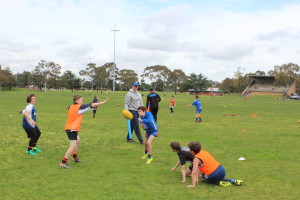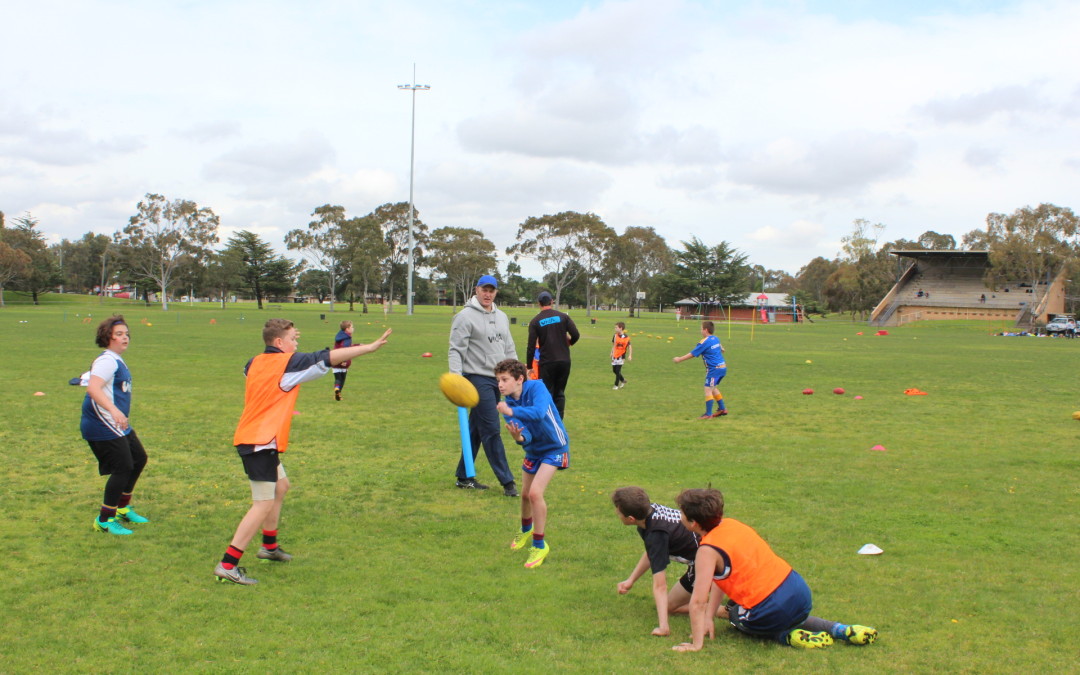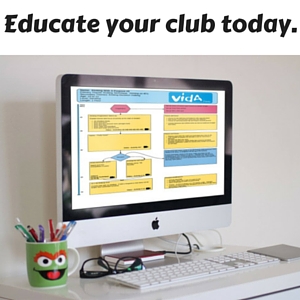At Vida Footy, we use grids regularly in our sessions and holiday programs because they teach players at all levels fundamentals that directly help with real game situations. Grids can be employed at all levels, including tackers! Make sure you modify the grid so that they work and watch your players improve their tactics and game awareness.

Different types of Grids
There are many types of grids with many variations you can use to work on different parts of the game. Let’s start with the size of the area. If you want to work on handballing, use grids sizes from 5×5 to 10×20 meters. Kicking grids can also vary, obviously depending on what you need to work on. Grids can have defenders too. You can make it where there is less defenders than attackers, and visa versa. Make sure you have a clear focus on the desired output of your grid and modify the rules and size to match.
What do you learn from grids?
Grids are a way to teach your players the fundamental tactics and movement patterns of the game. You can use groups to reinforce technical skills, but ultimately you are working on the following aspects
– Passing on a 45
– Blocking for team mates
– Constant movement
– Creating space
– Quick hands or kicks under pressure
– Leading to the correct areas
– Decision making
– Defending
– Tackling
One of the most important skills to pass on to your players is where to move to within the grid. This will be something to look out for throughout your use of the grids.
Tackers coaches and coaches of young teams, please try and incorporate small handball grids into your training as we have seen over the years, players as young as 7 really benefiting from these activities.
Coaches of older teams, remember grids are used by AFL clubs, so make sure you try and incorporate them into your training schedule.


